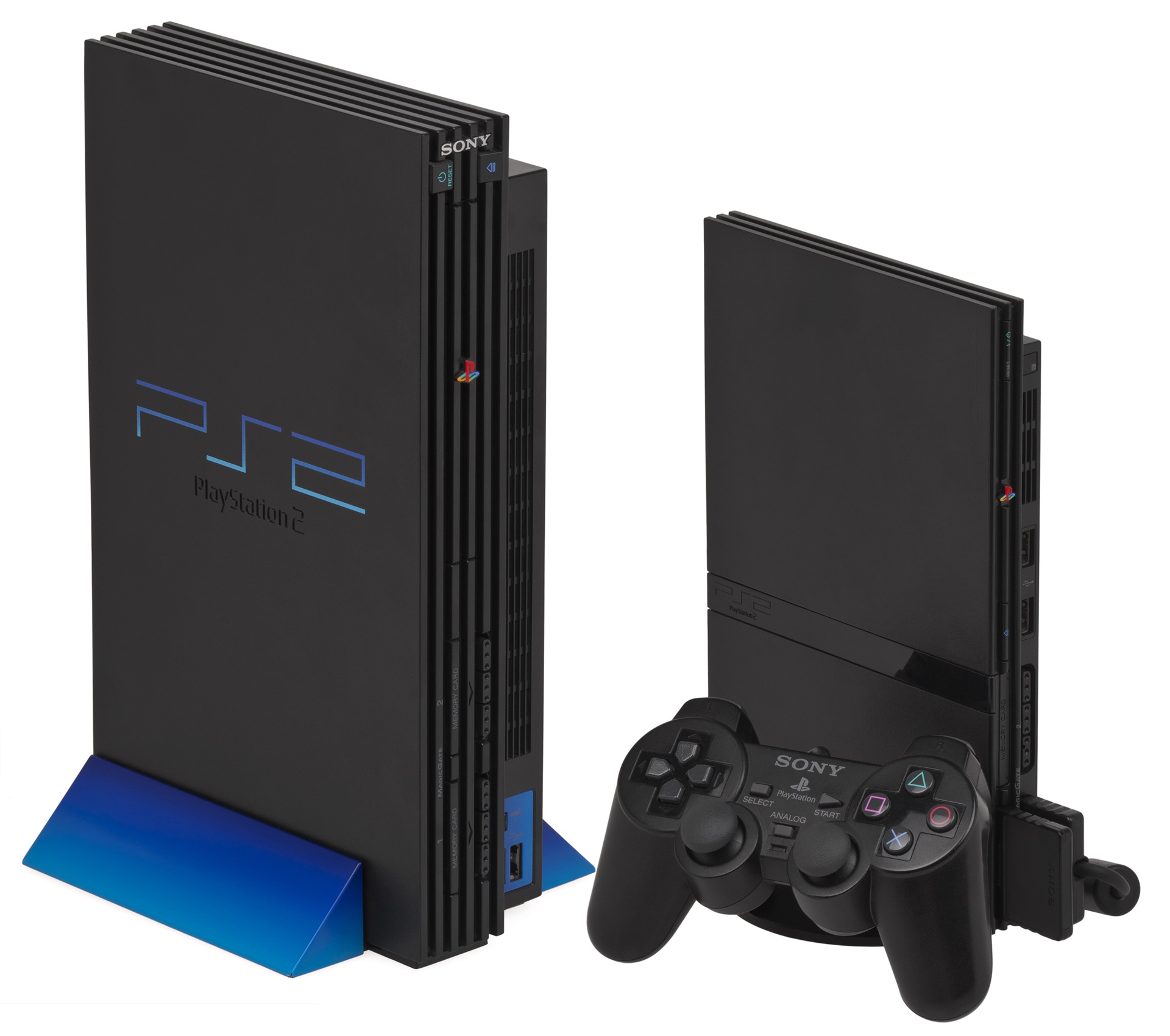Consider the PlayStation 2. Not all of the PS2 Slim’s streamlining came from chip improvements—it also shed a full-sized 3.5-inch hard drive bay and a little-used IEEE 1394 port, and initially required an external power brick. But shrinking and consolidating the console’s CPU, GPU, memory, and other components took the console from its original design in 2000, to the Slim in 2004, to an even lighter and lower-power version of the Slim that returned to using an internal power supply without increasing the size of the console at all.
Over that same span, the console’s price dropped frequently and significantly, from $299 at launch to just $129 by 2006 (the price was lowered again to $99 in 2009, deep into the PS3 era).
Or look at Microsoft’s Xbox 360. Its external design didn’t change as much over the years—the mid-generation “slim” refresh was actually only a little smaller than the original. But between late 2005 and early 2010, the CPU, GPU, and the GPU’s high-speed eDRAM memory chip went from being built on a 90 nm process, to 80 nm, to 65 nm, and finally to a single 45 nm chip that combined the CPU and GPU into one.
Over that time, the system’s power supply fell from 203 W to 133 W, and the base price fell from $300 to $200. The mid-generation 65nm refresh also substantially fixed the early consoles’ endemic “red ring of death” issue, which was caused in part by the heat that the older, larger chips generated.
As you can see when comparing these various consoles’ external and internal design revisions, shrinking the chips had a cascade of other beneficial and cost-lowering effects: smaller power supplies, smaller enclosures that use less metal and plastic, smaller heatsinks and cooling assemblies, and smaller and less complicated motherboard designs.
Sony’s original PS2 on the left, and the PS2 Slim revision on the right. Sony jettisoned a few things to make the console smaller, but chip improvements were also instrumental.
Credit:
Evan Amos
A slowdown of that progression was already evident when we hit the PlayStation 4/Xbox One/Nintendo Switch generation, but technological improvements and pricing reductions still followed familiar patterns. Both the mid-generation PS4 Slim and Xbox One S used a 16 nm processor instead of the original consoles’ 28 nm version, and each also had its price cut by $100 over its lifetime (comparing the Kinect-less Xbox One variant, and excluding the digital-only $249 Xbox One). The Switch’s single die shrink, from 20nm to 16nm, didn’t come with a price cut, but it did improve battery life and help to enable the cheaper Switch Lite variant.
